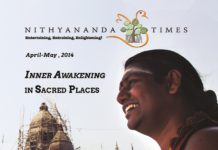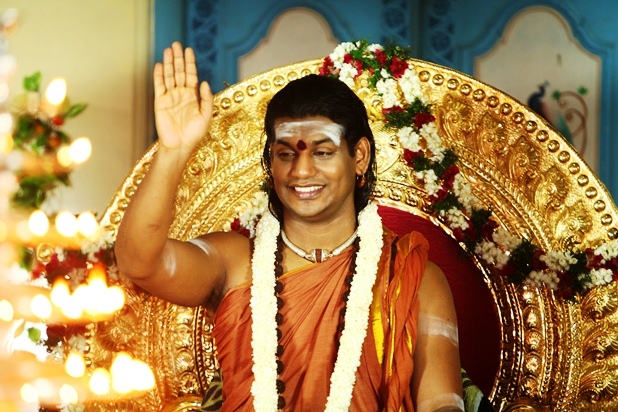Varanasi, a city situated on the western banks of the Ganges River in the north Indian state of Uttar Pradesh, is a cultural and spiritual hub for all of India. Kashi, as it is also known, is said to have been residence to Shiva (The Hindu God of Rejuvenation) and his consort, Devi Parvati, where they lived and offered blessings and boons to devotees. It is no surprise then, that located within this vibrant city are numerous temples and holy sites dedicated to the Hindu Gods and Goddess.
Situated on such a site, one of the most famous temples in all of the Hindu religion, is the Kashi Vishwanath Temple. Resting near the banks of the mighty Ganges, the Kashi Vishwanath Temple has a rich cultural and spiritual heritage that has inspired, motivated, and offered solace to visitors from every walk of life.
Believed to have been built in 490 AD, the Kashi Vishwanath Temple was destroyed during numerous invasions of India and in 1776 it was rebuilt in its present state by the Maharani Ahilya Bai of Indore. The Sanskrit words ‘Kashi’ mean “shining” in English and ‘Vishwanath’ translates to “Lord of the Universe,” denoting Shiva. The significance of this holy edifice cannot be understated, from its placement amidst the Ganges to its location in sacred Varanasi. The Kashi Vishwanath Temple is a living embodiment of the timeless cultural and spiritual tradition of India.
One of the most famous aspects of this extraordinary monument is the fact that the temple itself is home to one of the twelve ‘Jyotirlinga’ shrines of India. In Hindu belief, the Jyotirlingas are located at places where Shiva Himself appeared and gave blessings to his devotees, symbolised by naturally formed Shiva lingas at these temples called jyotirlingas. Situated throughout India, these shrines are some of the most sacred sites in all the land. The holy shiva linga of Viswanatha Temple is placed on a silver altar in the sanctum sanctorum of the temple. However, history deems that fearing destruction from invaders, the original Vishwanath Jyotirlinga was hidden at the bottom of a well. Known as Jnana Vapi, or ‘wisdom well’, it is located within the temple walls and still believed to contain the original Jyotirlinga to this day.
Less than half a mile away from the temple structure lies another famous Hindu location, the Manikarnika Ghat. A “ghat” is literally a flight of steps that descends down to a body of water. One of many ghats in the city, the Manikarnika Ghat, located along the Ganges river, is known for being a site of cremation. It is believed that Vishnu, the Hindu god of preservation, was the builder of this particular ghat.
The name Manikarnika literally means “ear jewel”. Tradition states that after Sati, the incarnation of Aadishakti preceding Parvati, sacrificed herself for the honor of her consort, Lord Shiva and her body was cut up into many different pieces by the sudarshana chakra, disc-like super weapon, of Lord Vishnu. The places where her body parts fell are regarded as sacred places of worship and are known today as Shakti Peethas (energy seats). In all there are 52 Shakti Peethas all over India, and Manikarnika Ghat is one of them, as Sati’s earrings fell at this spot. Moreover, each of the peethas are guarded over by a Bhairava, a fierce manifestation of Lord Shiva. In Varanasi, Kaala Bhairava, the Lord of Time, is the custodian. Hindu belief holds that to die in Varanasi and get cremated at Manikarnika Ghat assures one of moksha, or liberation from the cycle of birth and death. The fire in the pyres of the Manikarnika Ghat have been continuously burning for centuries.
Varanasi is regarded as one of the oldest continually inhabited cities in the world, and the oldest in India. The Kashi Vishwanath Temple and Manikarnika Ghat, although significant Hindu sites both steeped in the culture and tradition of the land, are only two of the myriad Hindu relics and religious places the city has to offer. A place of fine arts, culture, and spirituality, Varanasi stands as a testament to the living tradition of the Hindu religion and lifestyle.
















